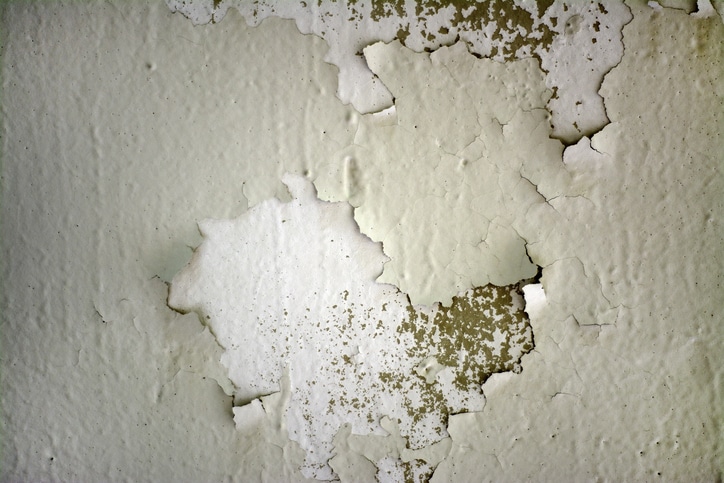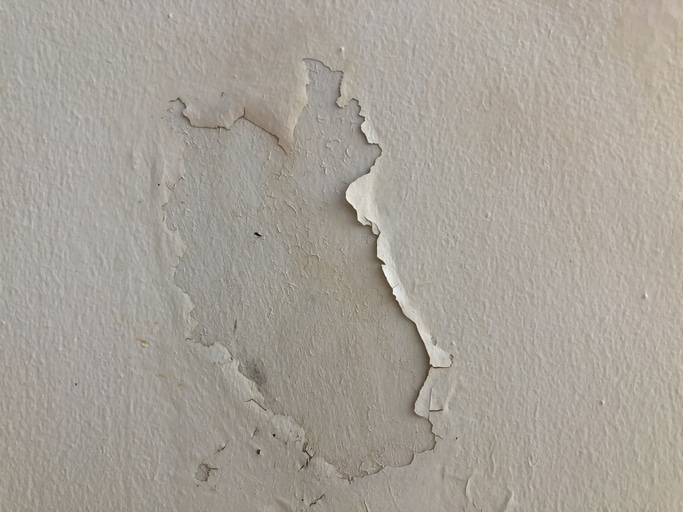Asbestos, once a common building material, is now known for its severe health risks, including lung cancLead is a highly toxic metal that poses significant health risks, particularly to children and pregnant women – and, exposure to it can lead to severe neurological damage, developmental delays, and a host of other health issues. Although lead-based paints, plumbing, and other materials have been banned or restricted in many countries, they still pose a risk in older buildings, and that’s why removing lead from residential and commercial properties is a legal requirement in many regions and a crucial step in ensuring a safe environment for occupants.

Understanding the Sources of Lead Contamination
The most common sources of contamination in buildings are lead-based paints, dust, and plumbing systems; in residential properties, such paint is often found in homes built before 1978, when it was banned for use in residential structures. Similarly, commercial properties constructed before this time may also contain toxic materials. Other sources include contaminated soil, lead-glazed ceramics, and even certain imported goods.
The Dangers of Lead Exposure
Exposure can occur through inhalation of dust, ingestion of contaminated particles, or drinking water from bad pipes. The health effects of lead poisoning are particularly severe in children, who can suffer from cognitive impairments, behavioral issues, and reduced IQ, while adults who are exposed may experience high blood pressure, joint and muscle pain, memory loss, and other serious health problems.
Given these risks, it is crucial to take proactive steps to remove lead from properties, especially in areas where children and vulnerable populations are present.
Steps to Safely Remove Lead
Assessment and Testing
The first step in removing lead from a property is to conduct a hazardous materials assessment, which involves hiring a certified inspector or risk assessor to test for the presence of lead. Testing may include sampling paint, dust, soil, and water to determine toxicity levels. This initial assessment will guide the removal process and ensure that all contaminated areas are identified.
Planning and Permits
Before starting any lead removal work, it is essential to develop a detailed plan that outlines the scope of the project, methods of removal, and safety precautions. In many regions, obtaining permits for removal is a legal requirement, so ensure that your plan complies with local regulations and standards.
Containment and Safety Measures
Lead removal can release hazardous dust and particles into the air. To prevent contamination, it is crucial to contain the work area using plastic sheeting and other barriers, and workers should wear protective clothing, masks, and gloves to avoid exposure. Ventilation systems should be turned off during removal to prevent the spread of dust.
Removal Techniques
There are several methods for removing lead-based materials, including wet scraping, chemical stripping, and encapsulation. Wet scraping involves applying a water-based solution to painted surfaces to reduce dust before scraping off the paint. Chemical stripping uses solvents to remove toxic paint, while encapsulation involves applying a special coating that seals lead-based materials, preventing them from chipping or releasing dust.
Clean-Up and Disposal
After removal, it is vital to thoroughly clean the area to remove any residual dust or particles. HEPA vacuuming, wet wiping, and proper disposal of contaminated materials are essential steps in the cleanup process. Ensure that all waste is disposed of in accordance with local regulations to prevent environmental contamination.
Final Inspection and Testing
Once the hazardous materials assessment and removal is complete, a final inspection and testing should be conducted to verify that the property is free of toxic hazards. This step is crucial to ensure that the property is safe for occupancy and complies with all legal requirements.
The Importance of Professional Assessments
Removing lead from residential and commercial properties is a complex but necessary process to protect the health and safety of occupants – and by following the proper procedures, including assessment, containment, removal, and disposal, property owners can effectively eliminate hazards and create a safer environment. Regular inspections and maintenance are also recommended to ensure that properties remain lead-free in the long term.
Alberta Safety & Environmental Services (ASE Services) is one of the most reputable providers of Hazardous materials assessment and hygiene inspection services—including asbestos, lead, mould, mercury, and silica detection, as well as industrial hygiene testing for grow ops and other facilities. With a background in Alberta’s Occupational Health & Safety Commission and professional project management skills, our qualified staff can provide reliable handling of air quality and industrial hygiene from initial industrial inspection all the way to remediation programs. Whether just for a permit, or in-depth air quality control, we can help. Feel free to reach out and secure air quality and hygiene requirements for your building.
